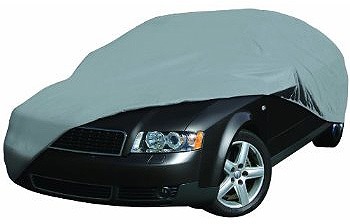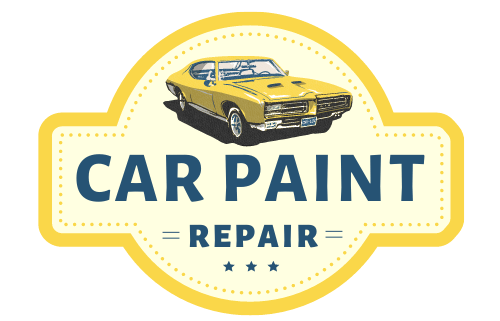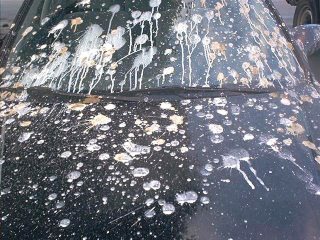
Although bird droppings and smashed highway bugs might not seem like a big deal, they can do serious damage to the paint of the car costing hundreds of dollars in repairs. Because bugs and bird poop have a lot of acid in it, the longer it sits on the surface of the vehicle the deeper it eats through the finish.
Some birds and bugs (like gypsy moths, june bugs, bees, aphids and etc.) are more damaging than others. A bird named “ka ka” is not only highly acidic but also uses gravel to digest its food. As a result, there are tons of grit in its excrement that can easily scratch the paint when you try to wipe it off.
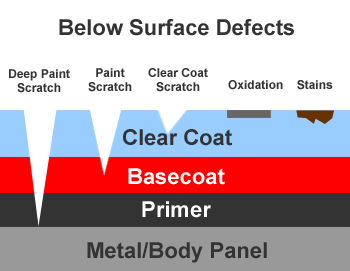
It turns out that bird poop is only a part of the problem. On a sunny day, the sun accelerates the etching and warms up the surface of the car expanding the paint and allowing for the bird poop to get in.
At the same time, the warmth of the sun dries out the bird poop making it hard. When the paint cools down, it contracts around the hardened poop making it difficult to remove. So, it is not surprising to see etching after only a few hours.
To avoid serious damage you should remove bird droppings and smashed bugs as soon as possible. Don’t wait for the car to cool down like some car owners do. They think it is better to give it some time to air out. Big mistake! Car consists of 4 layers, metal, primer, paint, and clear coat. When poop drops on the surface it slowly starts eating through them.
Removing Bird Droppings and Bugs
Place a microfiber cloth soaked with alcohol on top and let it pre-soak contamination. Avoid scratching the surface by rubbing the spot. Alcohol will neutralize the acid and soften the poop. If poop is too hard, try to soften it with a microfiber towel and warm soapy water, and then treat the spot with alcohol.
To remove the rest of the contamination, spray it with water. That is one of the reasons I always have a bottle of no-salt seltzer water in my car. After taking the lid off plug the opening of the bottle with your thumb and shake it up well.
A hard blast of water will wash off the droppings but will not harm your paint. If there are still some of the poop left, just repeat the steps.
Another thing you can do is fill a spray bottle with hot water and some dish soap mist the spot for one minute and let it sit for about 5 minutes. At this point, it should be easy to wipe off.
Check the surface to see if there is any damage to the surface. If there is no damage, dry the area with a clean microfiber towel and re-apply wax or sealant. If the paint was damaged, follow the steps below:
Repairing The Paint Damage
1. Light Clear Coat Damage. Even if you can’t fill anything with your fingers, a small cloudy spot might be still visible from certain angles. Light clear coat etching can be easily removed with some buffing. You will need a bottle of clear coat-safe rubbing compound and a polisher.
- For rubbing compounds, I like to use Meguiar’s Ultimate Compound. It is inexpensive, easy to use, and doesn’t leave swirl marks. Place a small amount of rubbing compound on the application pad and rub the area using a circular motion.
You can also use a buffing machine. Remove residue with a clean microfiber towel. If the etching is still showing, you might need to repeat the process a few times. - To restore the shine, use the polishing compound. I like Meguiar’s Ultimate Polish because it creates a showroom shine. Apply some of the polish to the surface and buff it with a clean microfiber cloth by hand or use a buffing machine. Wipe off the residue and re-apply wax or sealant.
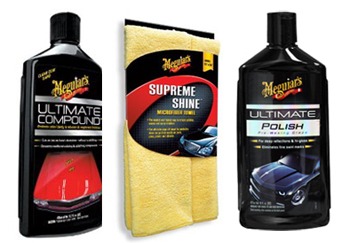
2. Medium Clear Coat Damage. If buffing is not enough, you’ll need to do some sanding.
- Use automotive wet/dry 2,000 grit sandpaper. You can do wet or dry sanding. I like wet sanding much better because it doesn’t clog the sandpaper and cuts faster. Soak sandpaper in cold water for 10 min. Spray the area with water and lightly sand using a back-and-forth motion. Wash off the sandpaper after 3-4 sweeps.
- After you are done, the area might be a little dull. You can easily restore the shine with some rubbing compound and a polisher.
- As a final step re-apply wax or sealant.
3. Deep Paint Damage. Bird poop can eat through the clear coat layer and paint layer if left for too long. In this instance, you might need to use touch-up paint. No need to panic.
Treat this as a deep paint scratch. In order to repair it, you will need to sand the area, apply touch-up paint, apply a clear coat for paint protection, buff it with rubbing compound, and a polisher.
- Wet sand the area with wet/dry automotive 2,000 grit sandpaper using plenty of water. You should sand 1-2 inches around the damage for better blending.
- Pick touch-up paint depending on the size of the damaged area. Touch-up paint can come in a spray can, a small bottle with a brush, or as a touch-up pen. Small areas can be touched up with a pen. If the area is bigger than a pencil eraser, you need to use bottled paint, and if it is larger than a dime it should be sprayed painted.
- Apply a thin coat of touch-up paint to the surface. 2-3 coats should be enough. Wait for each layer to dry before applying the next one.
- When all the paint layers are dry, apply 2-3 coats of clear coat.
- Use clear coat-safe rubbing compound to blend in the repair and follow it with a polish to restore the shine. Wait for 30 days to re-apply wax/sealant.
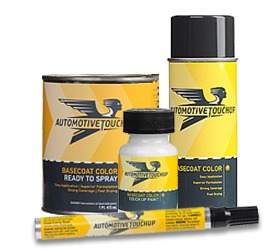
This is just a quick summary of things you need to do. But here you can find more details for each step.
Protect Your Car From Bird Droppings and Bugs
There isn’t much you can do about bugs, but there are a few things you can do to protect your vehicle from birds.
- Don’t park under trees. Many of you look for shade on a sunny day to avoid getting into a 500-degree oven. But trees might not be the best idea since that is where all the birds like to hang out.
- Apply wax every few months. Of course, there is no wax in the world that can fully protect your auto from acidic bird excrement, but it will create a barrier that will decrease the amount of damage done to the paint.
- Get a car cover. If you have to park your car outside every day, buy an easy-to-use cover. This car cover
that I use will not only protect your car from bird droppings, but also from rain, snow, UV rays of the sun, and tree sap.
